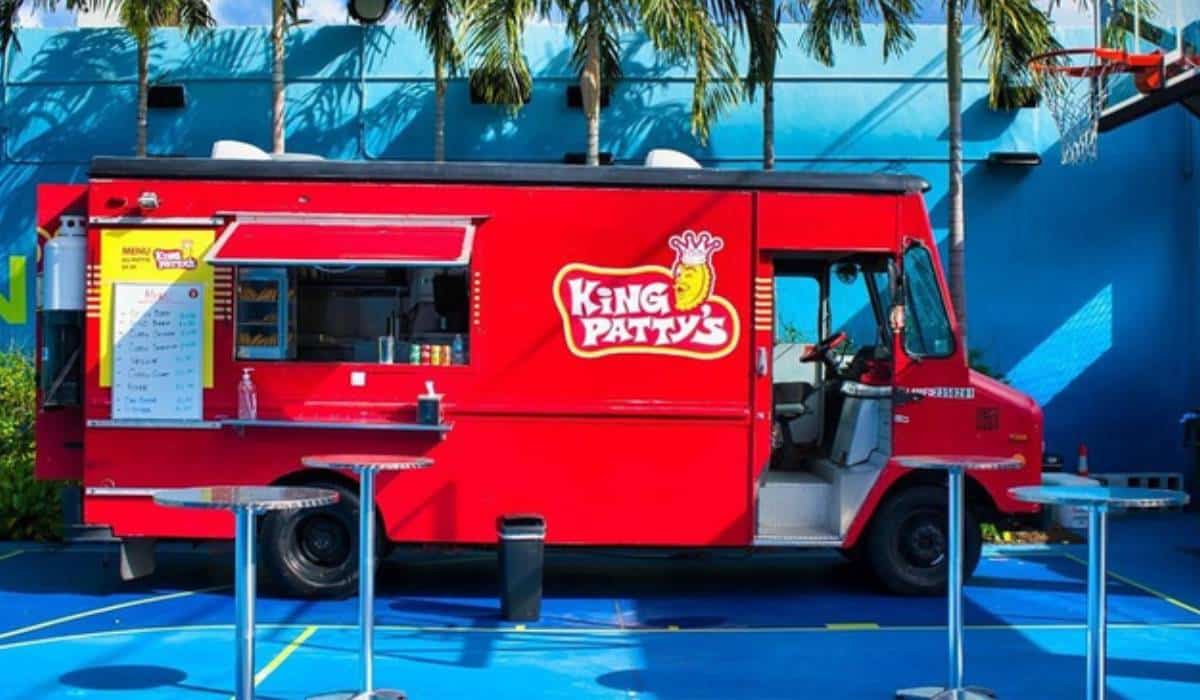Some of the hottest restaurateurs of the last decade began on wheels, a phenom that got the Hollywood treatment way back in 2014 with Jon Favreau’s “Chef,” which co-starred Sophia Vergara and John Leguizamo. Every year, the Food Network publishes a list of the 25 best food trucks in America and its reality show, “The Great Food Truck Race,” is now in its 15th season. Go to Disney World these days and you’ll find several food trucks operated by Central Florida restaurateurs like 4Rivers Barbecue. Some elementary schools are even sponsoring food truck competitions as a way to teach their students entrepreneurial skills.
But food trucks are more than trendy—they’re big business. Over the past five years, the food truck industry has grown at an annualized rate of about 14 percent to more than 35,000 units. Meanwhile, traditional restaurant sales have actually fallen. The kitchens may be cramped, but as rents skyrocket, the labor pool shrinks, wages rise, and COVID-19 variants threaten more restrictions to indoor dining, food trucks are facing an open road ahead.
Gaining traction on that road, however, has gotten harder since the pandemic began. Worldwide freezes in supply chains has resulted in a shortage of trucks and kitchen equipment, and now interest rates are on the rise. So, while business owners may face fewer expenses and no lease negotiation when opening a food truck, selling meals on wheels is harder than it may seem and the right branding is critical to success.
Design
The first challenge any food truck faces is design. Because these trucks don’t have a physical location or a well-know, Michelin-starred chef, they have to fight harder to get noticed. When I work with a client who is developing a new brand, I first find out what food they will be offering and what kind of overall “vibe” they want to create. These will inspire both the truck’s color pallet and its overall look-and-feel.
Because food truck owners are usually on a tight budget, the trick lies in doing more than less. Try to show that you’re fun, different, and clean. It also helps to incorporate your product into the name and remember where your truck might be located. For instance, if you’re going to be parked in an edgy urban environment, “Egg Slut” might be just the right name; but if church parking lots and suburban farmers markets are your thing, chances are this choice won’t go over well with local customers.
Branding
Your truck isn’t just a kitchen; it’s a brand on wheels. If you serve the right product in the right market for the right price, you’ll soon be dreaming of extending the brand with more trucks—or maybe even a storefront location. Make sure to brand all of your key products consistently from the beginning, including its sign, menu (both hanging and handheld), food packaging, staff uniforms, and any merch you plan to offer.
Incremental Sales
With this in mind, remember that some food trucks actually make more money from their merchandise than they do from selling food. As with anything trendy and “of the moment,” people will want to score bragging rights on Instagram and TikTok from being the first one to obtain a new, limited-edition piece of merch. In these circumstances, you will want your merchandise front and center, not a generic plate of food.
Although it can be easy to overlook, you should already have a merchandise plan when you launch your food truck and begin branding it. Having product on hand for sale from day one will help drive revenues, give friends and family an opportunity to support your business, and allow people to market your brand by wearing your logos—even if they’ve never been there. Remember the old “Hard Rock Cafe” T-shirts? How many kids wore the shirt before visiting the restaurant?
Keep in mind that merchandise should be an investment rather than a business expense. Don’t be afraid to invest in product upfront. When done correctly, branded merchandise can start generating revenue for your food truck almost immediately. And, just like the menu, don’t think about what you like; think about what will sell. There may be funky items that pair with your branding in particular, but high-quality tees and hats are always reliable sellers.
Think Ahead
Many food trucks have made the leap to storefront restaurant over the past several years, but not all have done so successfully. On the other hand, many restaurants have successfully rolled out food trucks. Some have even closed down their physical locations and gone fully-mobile. Either way, the owner or owners thought ahead and worked proactively with a designer to ensure continuity between logos, truck/store branding, packaging, merch, and social media marketing.
A good designer can work with you to create a style guide and templates to maintain a consistent look and feel, no matter where your truck ends up taking you. While it’s great to see that your food is worthy of a trending hashtag or post on Instagram, at the end of the day, you should be driving your brand far more than the truck itself.
Dani Diarbakerly is a branding expert, a self-taught screen printer and graphic designer, and the founder of KingPro Custom Merchandise. Her food truck clients include King Patty’s Jamaican Patties in Miami.













